Uisge Beatha: The Water Of Life
Far from being just landscape eye candy and a refuge for biodiversity, Scotland's native birch woods have much to offer, if you know where to look.

In the depths of a Scottish winter, light can be a rare commodity; days are short and often wet, but when it seems to rain incessantly, the dramatic hues of our extensive birch forests have the power to lift the spirit.
Swathes of birches smudge entire hillsides with a vibrant purple, and then in spring, tiny heart-shaped leaves unfold, transforming the birchwood to the softest verdant hues. Come autumn, the birch’s breath-taking display electrifies the sylvan panorama with a heart-stopping brilliance of yellow, ochre, gold and orange.
There are roughly 100,000 hectares of birch woodland in Scotland. These colourful forests are no doubt one of many reasons why the country is such a popular tourist destination, yet there are numerous other reasons to revere the birch. The poet Samuel Taylor Coleridge described it as ‘the lady of the woods’, and it provides a source of inspiration for writers, artists and photographers today.
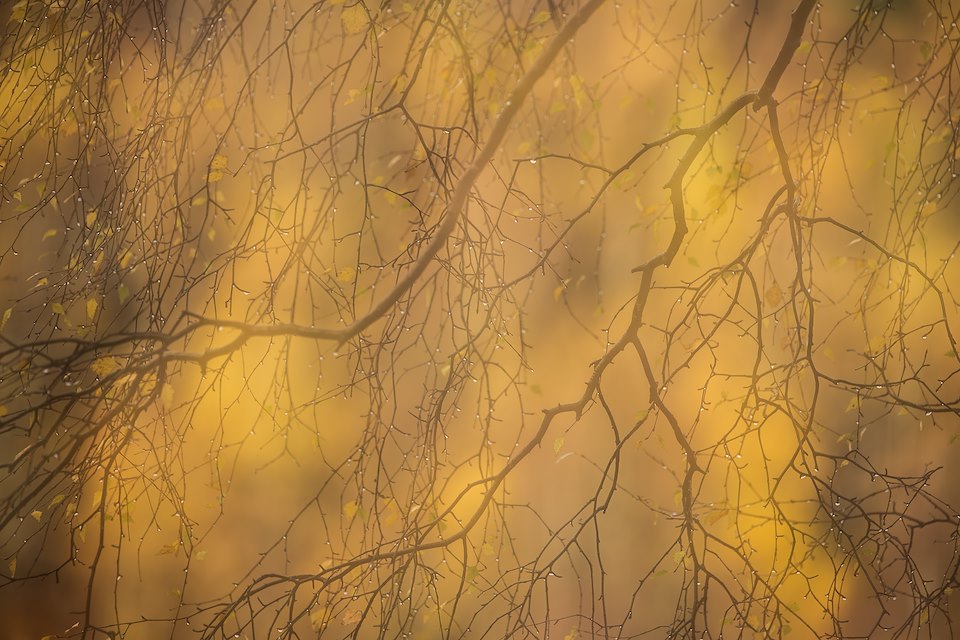
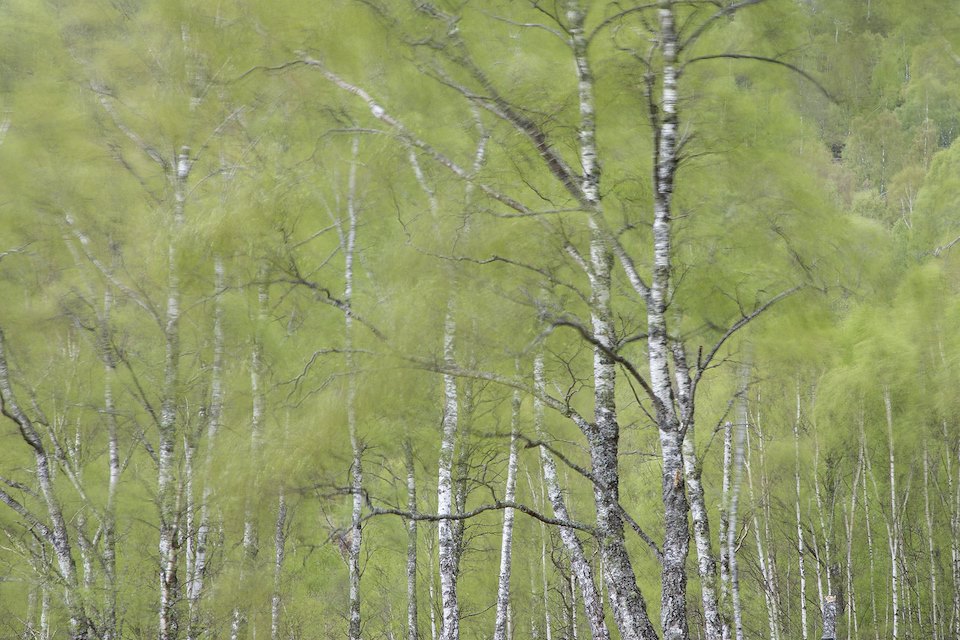
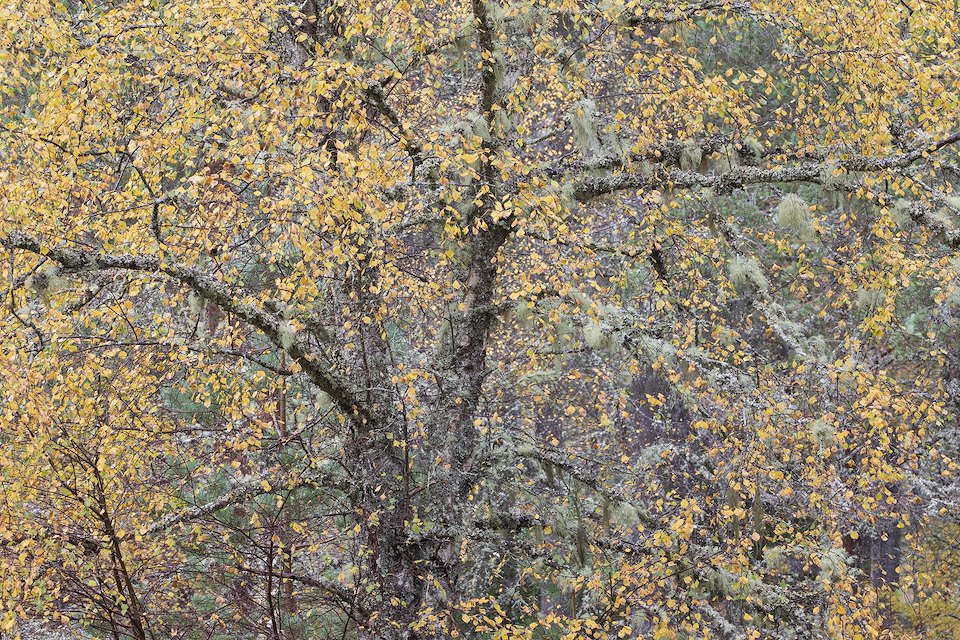
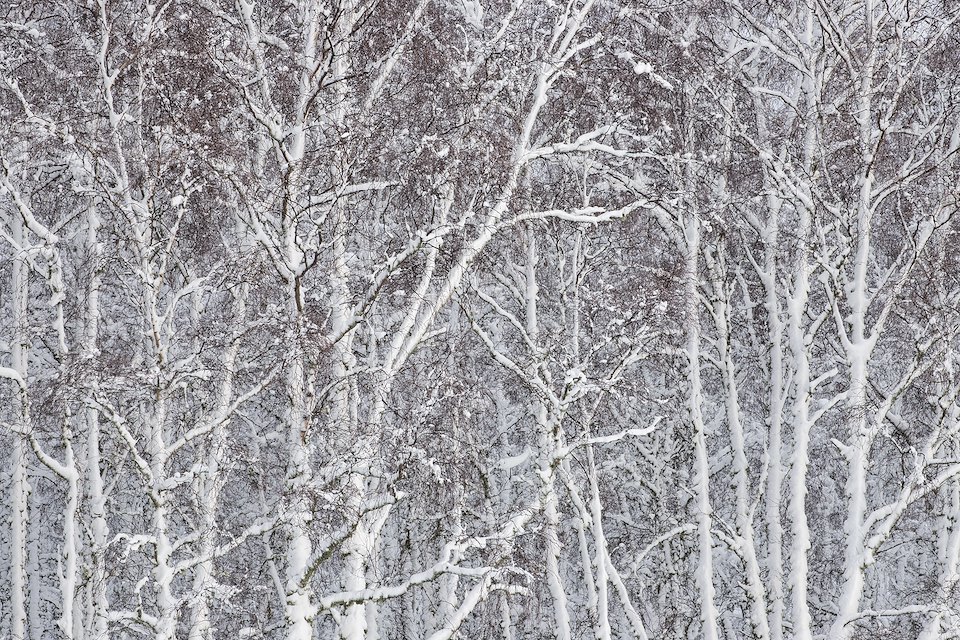
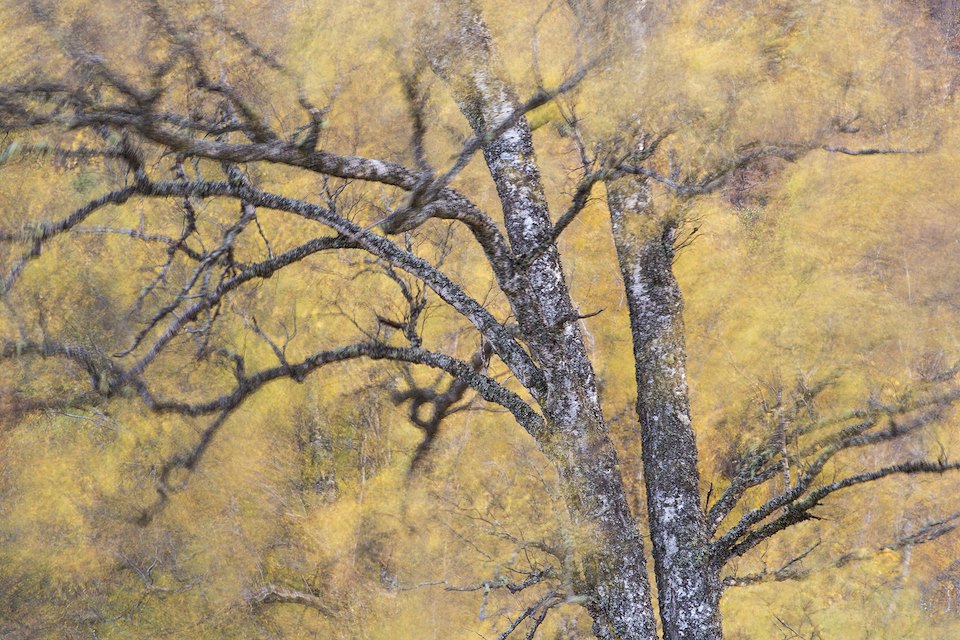
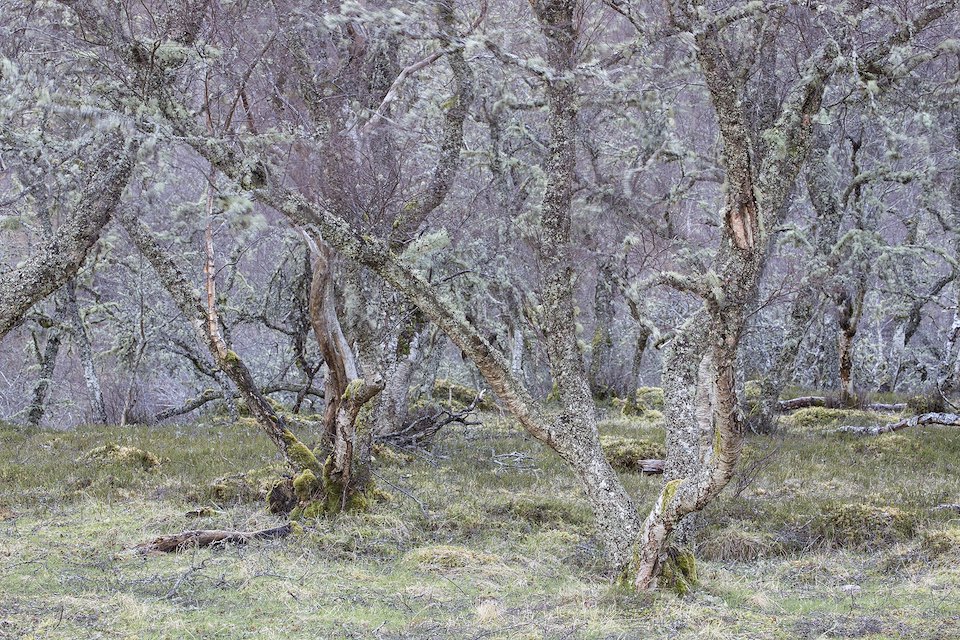
The birch is a pioneer - and was the first tree to arrive in Scotland following the last ice age. It’s an opportunist that rides with the wind. Its prolific seeds provide food for birds, including siskins, redpolls and greenfinches, and frequently blanket an entire woodland floor where they may swiftly establish. Loved by great spotted woodpeckers, the fissured bark makes a choice nest site, and when decaying, this becomes an endless store of invertebrate life on which to feast. Birch is associated with myriad species from over 300 insects to rare fungi; it also provides an integral link in Scotland’s plant communities. Pollen-rich, it thrives on thin, slightly acidic ground, where nitrogen-fixing nodules in its roots help to improve soil quality. Yet despite such riches, birch is often under-rated, viewed as a worthless weed staging a takeover bid.

Great spotted woodpeckers favour birch trees for both food and shelter.
Our forebears knew a thing or two about living in harmony with the natural world and wisely viewed the birch differently. It was a sustainable resource vital to many Highland communities, and a sacred symbol of purity with the power to replenish and heal. This tree provided life-enhancing products – beautiful wood to make beds, chairs, tables, ploughs and carts, and even dishes, mugs and spoons; bark for tanning, and the all-important Spring-time sap. They recognised that its open canopy let light spill on to the leaf litter where wildflowers, including bluebells, wood sorrel, wood anemones, violets, primroses and mosses, flourished.
We rightly doubt our ancestors for some of their bizarre folk beliefs. For example, driving a barren cow with a birch stick was thought to make her fertile, while hanging a bundle of birch twigs over doorways would remove evil spirits. They even believed that a baby in a birch wood cradle was safe from all ills. But there is no doubting their beliefs surrounding the extensive natural pharmacopoeia provided by this tree.
When it comes to knowledge of birch and its valuable properties, few are more aware of its potential than Rob and Gabrielle Clamp of Birkentree, a vibrant new business based in Highland Perthshire, that is receiving acclaim for innovation and enterprise. I first met the couple in the ancient woodland of Cardney Estate, near Dunkeld. It was a crisp autumnal afternoon, the woods resounding with the raucous shrieks of jays, skeins of geese on the move, and red squirrels frenetically burying winter stores.

Rob, Gabrielle and Roran Clamp in their favoured habitat – an ancient birchwood.
Rob is a forest manager with over 20 years of experience in both native and commercial woodland. “I have always loved trees and find them fascinating,” he reflects. “I suppose it's a paradox as I grew up in the largely treeless landscapes of Caithness. Up until the time of the Highland Clearances, birch was integral to people’s lives. Our forebears had knowledge and connection to nature that has sadly disappeared. It's that very connection that Gabrielle and I hope to restore. Elsewhere in Europe, people tend to make more use of birch and understand the complexities of edible fungi and other plants that bring health benefits. We have a long way to go to realise nature’s full potential. Gabrielle and I want to revive that ethos, hence our cottage business – Birkentree. As most birch products in this country come from Scandinavia, Latvia, and Russia, we saw a gap in the market,” Rob explains.

Our two main native birches - the ‘silver’ that gets its name from the colour of the shining pallor of its papery trunk, and the ‘downy’ - are both rich sources of birch sap. As silver birches tend to grow in more extensive stands on less boggy ground, Rob and Gabrielle favour them for sap extraction. "People tend to think of birch trees as short-lived, but some like this one here, may live for hundreds of years," Rob tells me.
Every tree is unique, whether large or small, in the urban environment or clinging to impoverished soils on a steep hillside; it will produce some sap. How much and when is the question; there is neither rhyme nor reason to it.

"We have a long way to go to realise nature's full potential."
Gabrielle, a chiropractor and plant healer, comes from close to Lyons in France.
"I didn't grow up in the country, but I always loved plants, and their potential fascinates me. Birch is extraordinary, and its healing and purifying properties are immense. The sap is crammed full of antioxidants, minerals, enzymes and vitamins, and is anti-inflammatory too, so can ease joint pain and arthritis and help skin and digestive problems. It also contains xylitol - a natural alternative to refined sugars. Processed sugar causes serious problems, not least of all obesity and diabetes. Birch sap has also been proven to help with oral health and can ease insomnia. Its uses are extensive and benefits far-reaching.”
A burgeoning deer population heavily overgrazes the ancient woodland that has become the hub of Birkentree’s industry. “There is no natural regeneration here, so as well as tapping the trees for their sap, I manage these woods to encourage more diversity and a healthy understory. Currently, deer numbers are at an all-time high exacerbated by years of mild winters. New woodland cannot re-establish with this amount of grazing pressure," says Rob.
Rob and Gabrielle's six-month-old son, Roran, sits contentedly smiling beside a gnarly birch trunk as we chat. They are a couple who have a close affinity and deep respect for nature, and an overwhelming desire to discover ways that it can be harnessed and used, rather than abused. They are concerned that currently we are witnessing an era when our connection to the natural world is increasingly tenuous. Roran is already that rare species - a child of nature - and with the guidance of his sensitive parents, will grow up infected with that same understanding and respect.

My second visit to Cardney is in mid-March, on an afternoon of warm sunshine that lures cheery lemon-yellow celandines from the leaf litter. Nearly every tree in their chosen area has a tiny hole in its trunk made by Rob with a small drill. Into this, they have inserted a tap with a bag attached. As the precious sap only runs for approximately three weeks, the harvesting window is brief. I watch as the crystal-clear liquid flows from the different shaped trunks. “We ensure that the tapping causes no damage, and by next year this tiny hole will no longer be visible. We only take 1 or 2% of the tree’s sap, so it is not adversely affected, and next year we will move on to different trees. Look at how this one is running! Yesterday there was nothing, and today it's really on the move," Gabrielle adds with excitement, as droplets spill from the full bag.
Birch tapping is a peaceful occupation and involves neither sophisticated gadgets nor loud mechanical noise. The sap is poured into sterile containers and filtered before being frozen. As it is a pure, unadulterated product, without artificial sugars and preservatives, it has a short shelf life and will be bottled on demand. In their first year, Rob and Gabrielle tapped 400 litres, but this year that figure will rise to 8,000 litres. As well as producing pure birch water, they are experimenting with the addition of natural flavours – meadowsweet, blaeberry and wild cranberry, and a carbonated variety. They are adamant that though they want to run a viable business, providing local employment, theirs is not necessarily a product for supermarkets. “It simply doesn’t fit with our ethos to supply the mass market. We want our product to be in specialist outlets, available at farmers’ markets, hotels and high-end restaurants. We are not in this for huge commercial gain. It’s about a sustainable way of life that we continue to enjoy as a family,” Rob says.
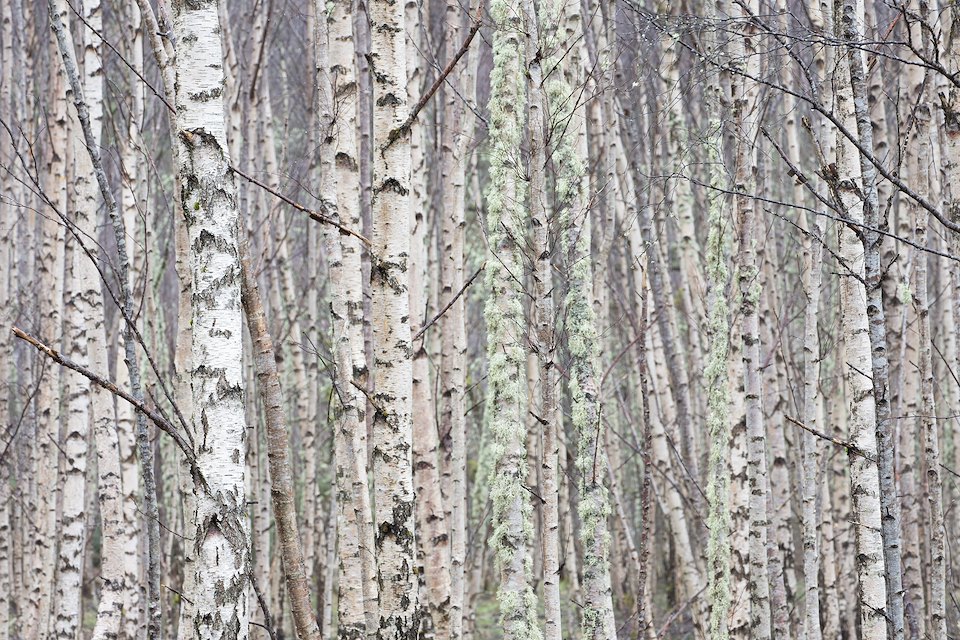
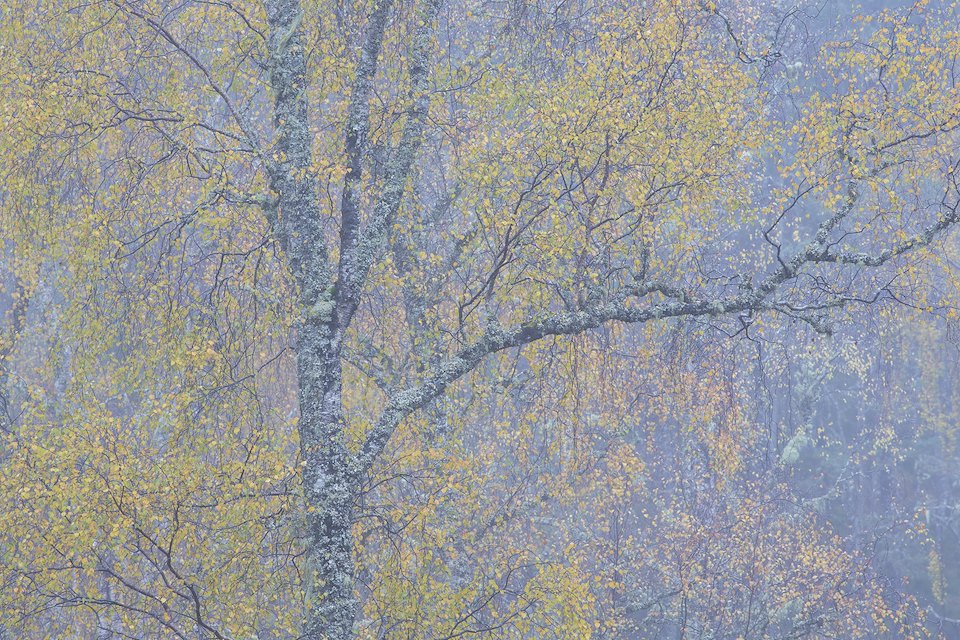
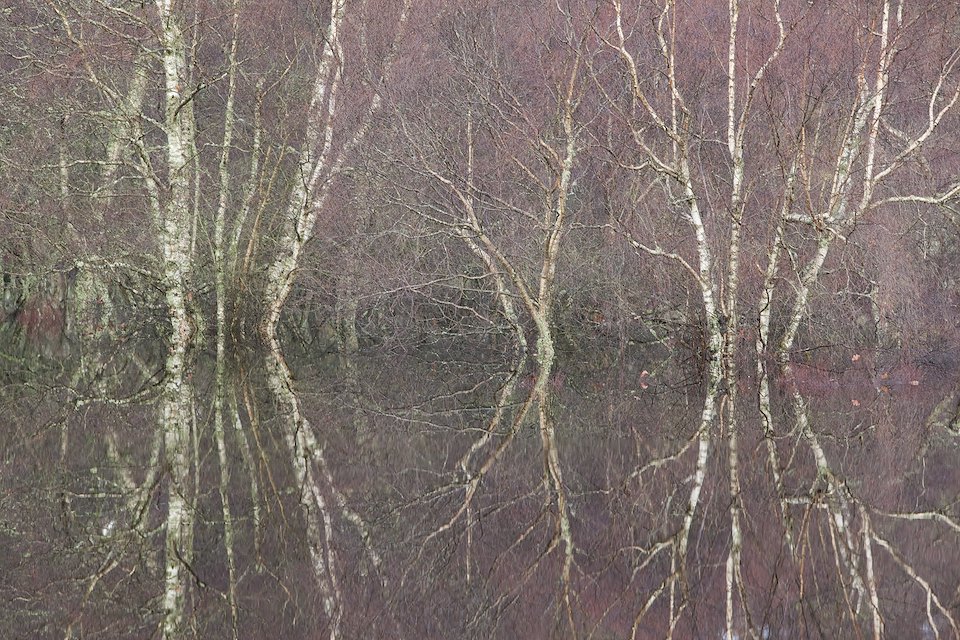
Later in the season, they will harvest new, fully formed birch leaves while they are still soft. These are dried to make birch leaf tea, which is particularly good for the digestive and urinary systems. Some are soaked in almond oil to produce birch leaf oil, which helps combating cellulite and skin conditions. “At some point we will expand into skin and hair care products too. It seems odd that we have so much natural material around us and yet don’t use it,” says Gabrielle.
Another exciting new product is Chaga tincture, made using a rare dark-coloured fungus that grows symbiotically on the birches. This potent superfood has immense health benefits, including the power to lower blood pressure, boost the immune system, and even fight early-stage cancer cells. A small part of the fungus is taken, and then will be ground and soaked in alcohol at the time of the full moon to give it its full potency. It is then left for a month. There is indeed magic at work in these woods.
"Try this," says Rob handing me a wooden birch cup brimming with icy cold sap straight from source. Its flavour is hard to describe: fresh, pristine, enlivening, subtle, and yes, energising. I raise my cup to toast this exciting new business, as Gabrielle gives Roran some too. He smiles the best little smile ever. This is health-enhancing birch water, an elixir from the tree of life. According to ancient Highland folklore, this is the original Uisge Beatha – Gaelic for The Water of Life. Beware! Addiction is entirely possible.


